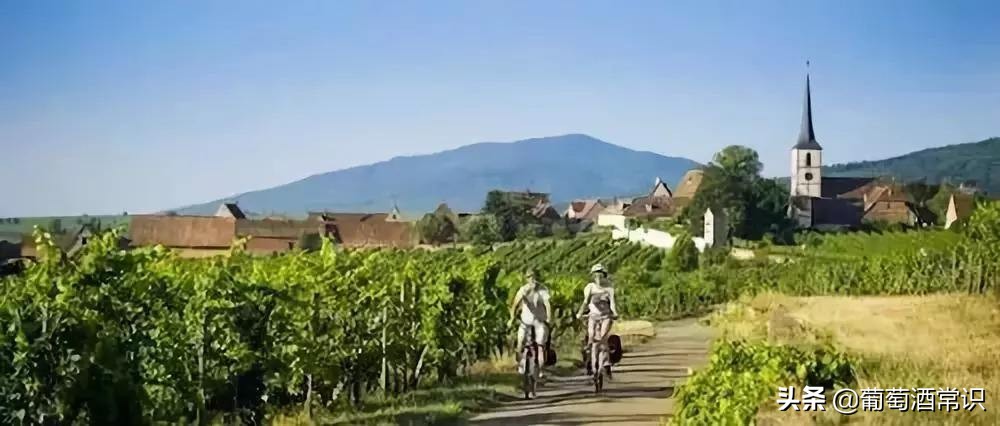Loved by vintners and critics, the Lissine grape is the proudest grape variety of the Alsatians. As early as the 15th century, the region has been growing lisine grapes, or "gentil aromatique", which are gradually replacing Shivana grapes. In 1969, lisling grapes accounted for 13% of the total vineyard area in the region, and today it has increased to 20%. Although the bad reputation of German wine on the other side of the Rhine has had a negative impact on the region, the unique style of Alsace Lisling has attracted many enthusiasts.

Germany's not-so-sweet lisine is thin, while alsatian lisay is much more abundant and mature because of the mild climate. The wines produced in different parts of the region have different characteristics, with the most abundant wines from clay vineyards and the long maturation process from granite and limestone vineyards, so Alsatian winegrowers store their wines for at least 18 months before they are marketed.
Shazla is made from grapes of the same name, and the shasra grapes in the region are gradually being phased out (currently only 2% of the total vineyard area, and 16% in 1969); Although there are still some wineries such as Schoffit and Kientzler that use their hometown Château-la-Tscher to make fruity, light wines suitable for young drinking, most of these grapes are used to make Edeswick wines. Cremant d'Alsace, made from a wide variety of grapes, was a success, with the best grape combination being Pinot Gris, Pinot Noir and Chardonne, with rosé sparkling wine being the most recommended. Klevener de Heiligenstein is a grape variety native to the Jura region, the pink savagnln Rosd. Pino Ossehua grapes, which are somewhere between Pinot Blanc and Pinot Gris, are mild varieties with a slightly spicy flavor that have been incorrectly classified as Pinot Blanc grapes, although some wineries insist on labelling "Pino Ossehua Grapes" on their labels.
Shivana grapes currently account for 17% of the vineyard area of the region (up to 27% in 1969), and almost all of them are used to make Edeswick wines. The Dolecchu Fine Regional Wine Region in Lorraine has good light red wines (made from Pinot Noir and Pinomonier grapes) and rose red wines from the aforementioned two grapes mixed with Garme grapes, but the yield is not large. Mossel and Baijiu, which are also of the same regional wine grade, are produced in the valleys along the Mossel River, and only such regions produce and choose warm vintages that are worth purchasing. Thank you for your interest in Cutting Edge Wines, and hope that reading our article will enlighten or reward you.
—————END—————